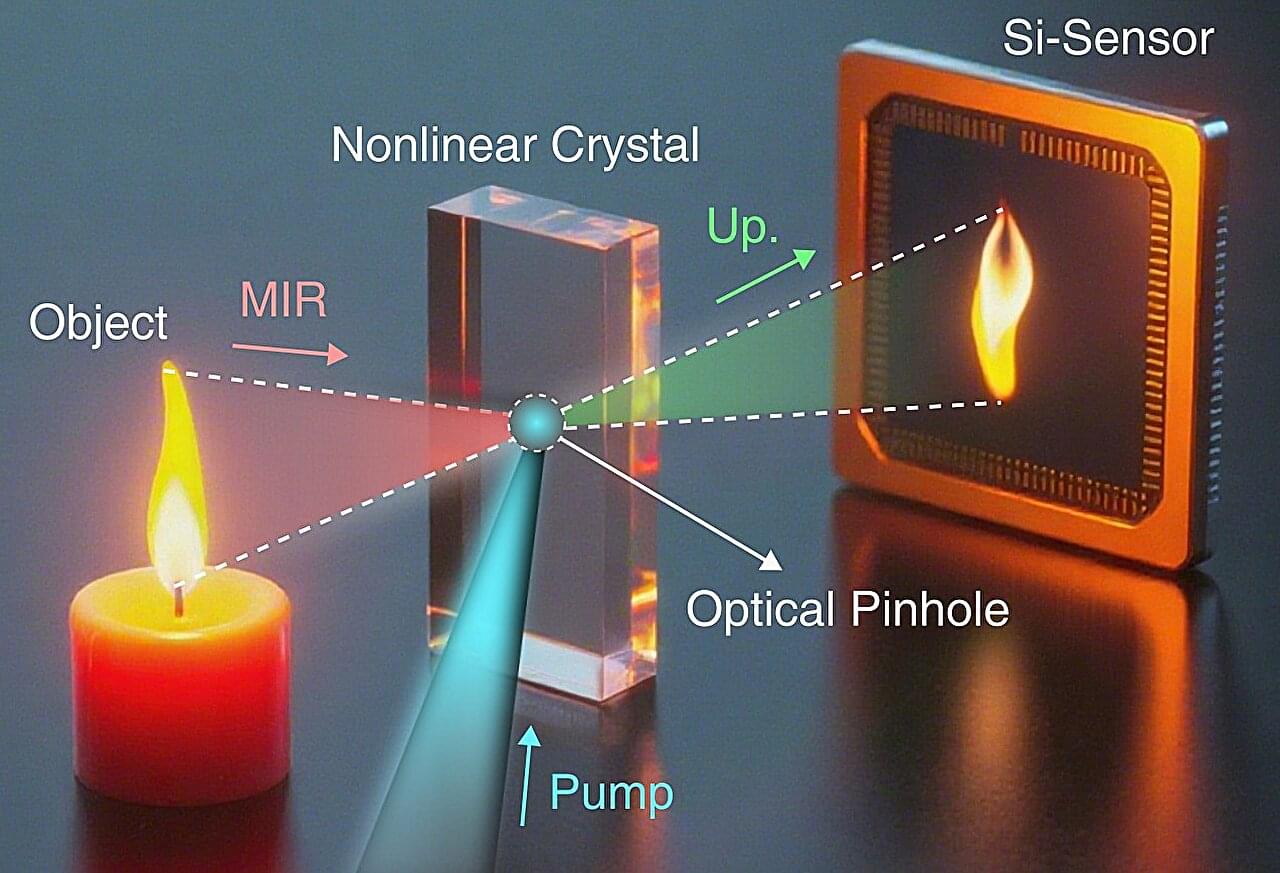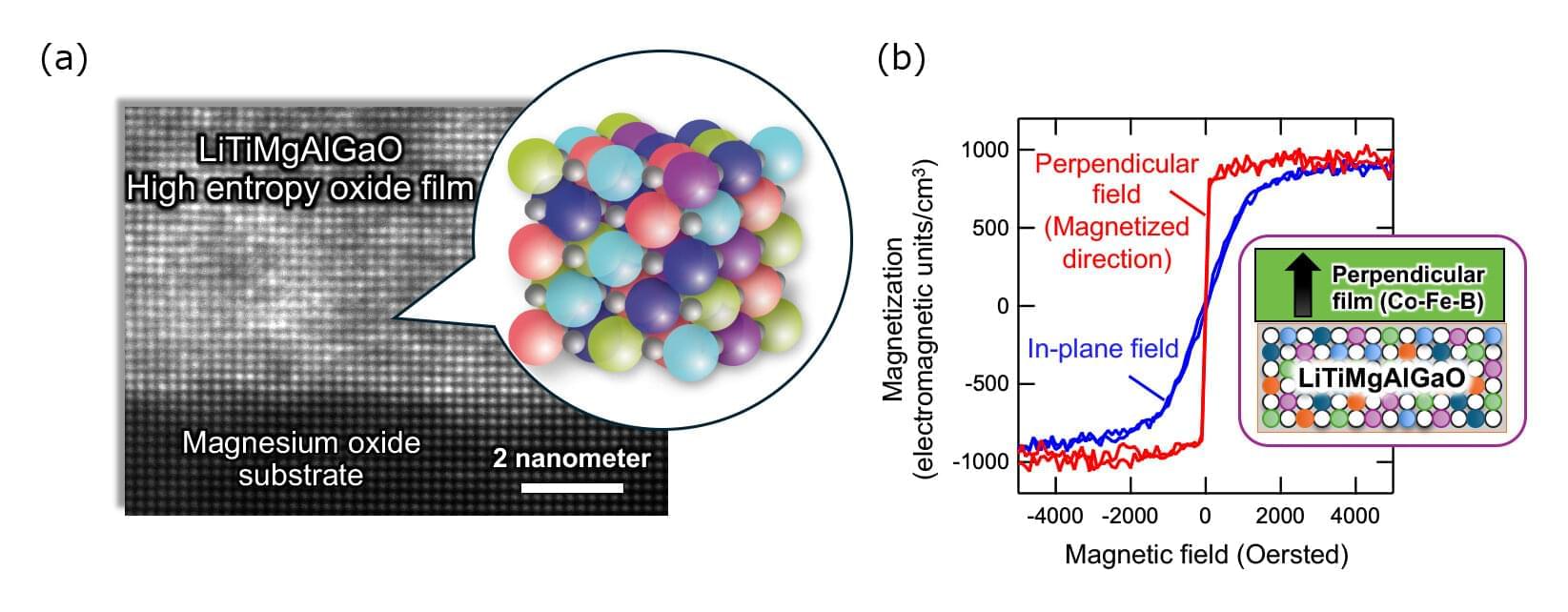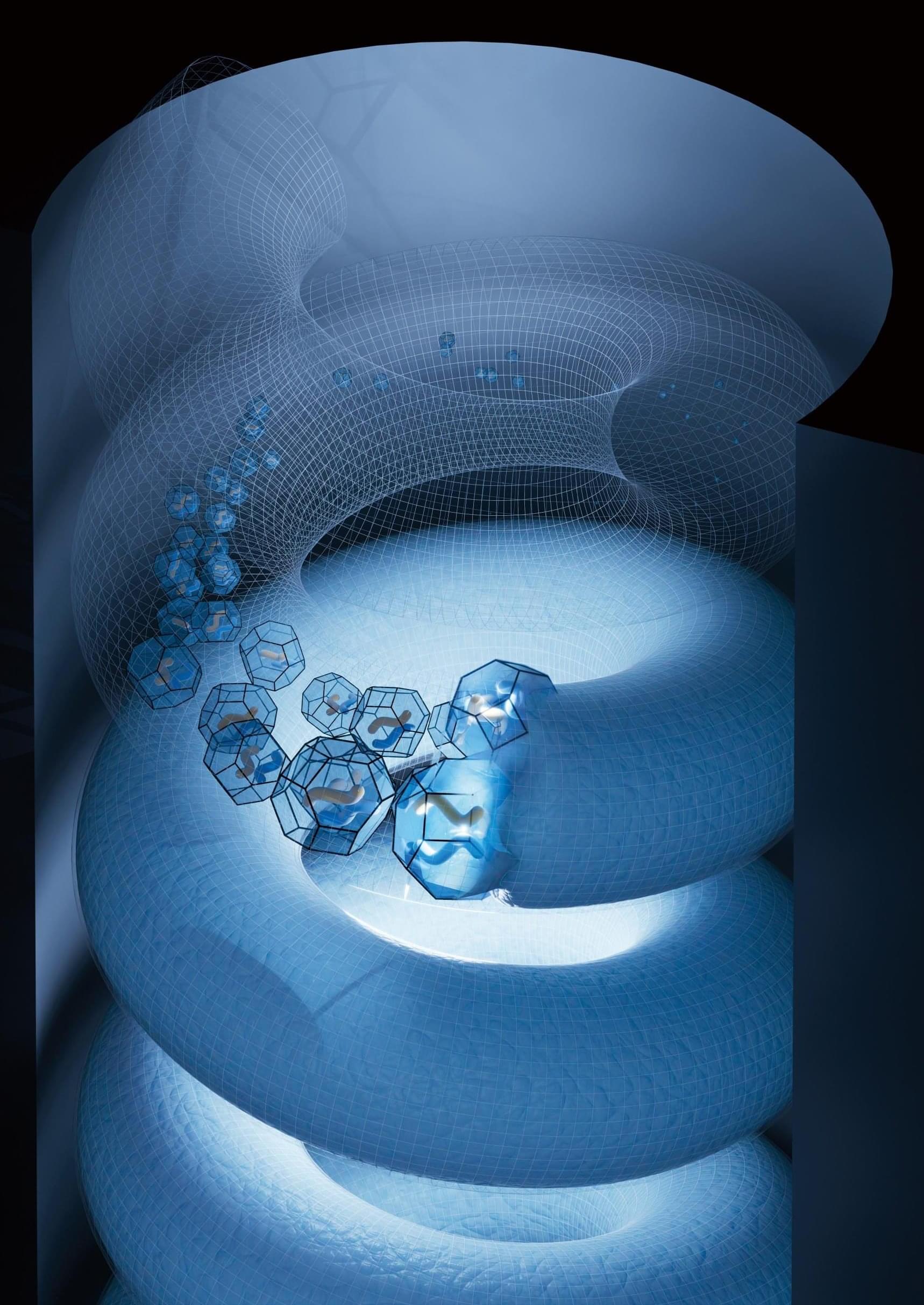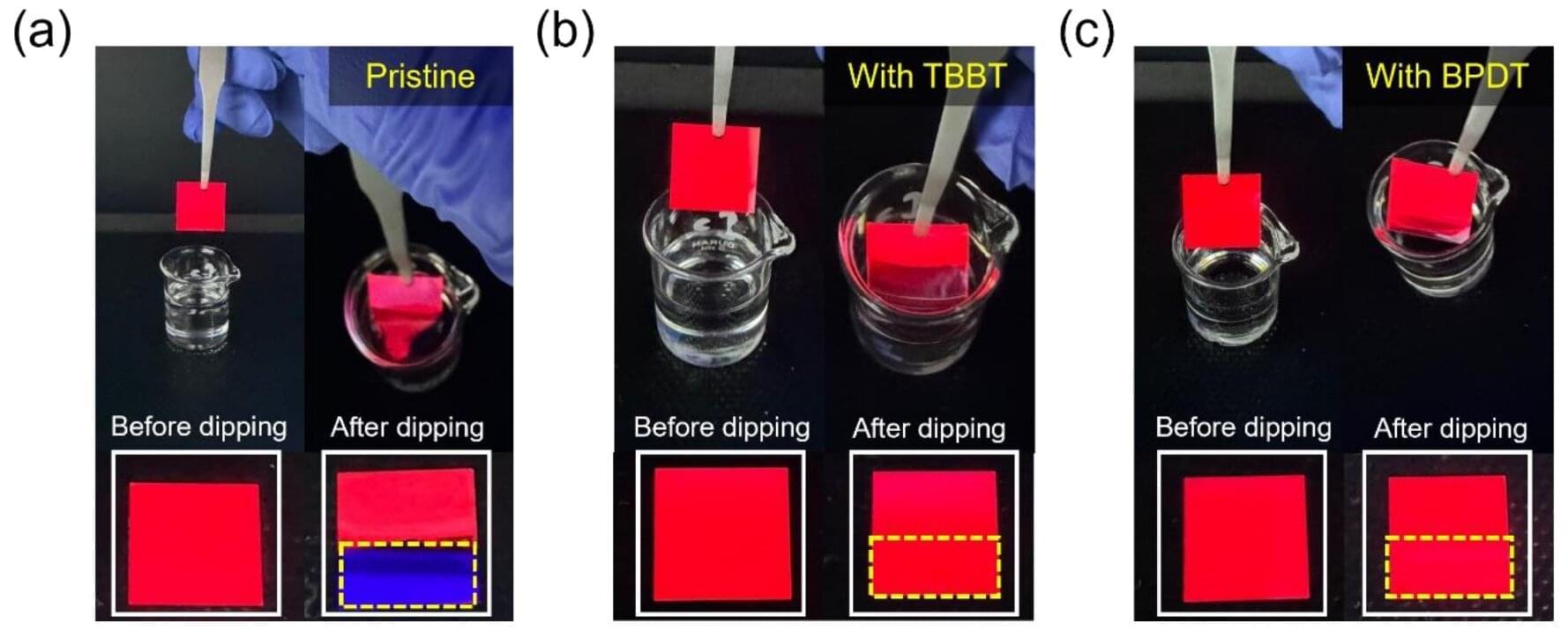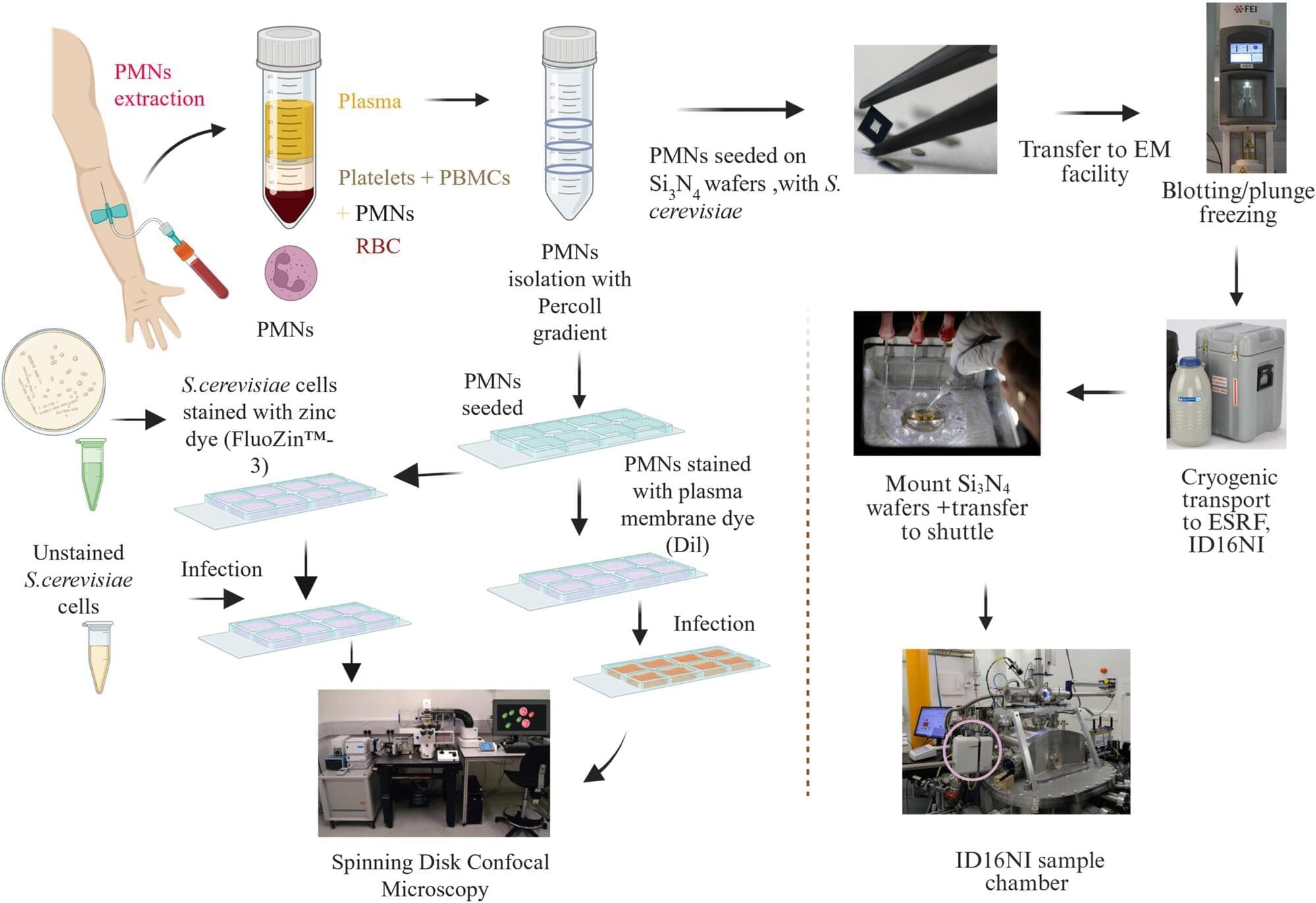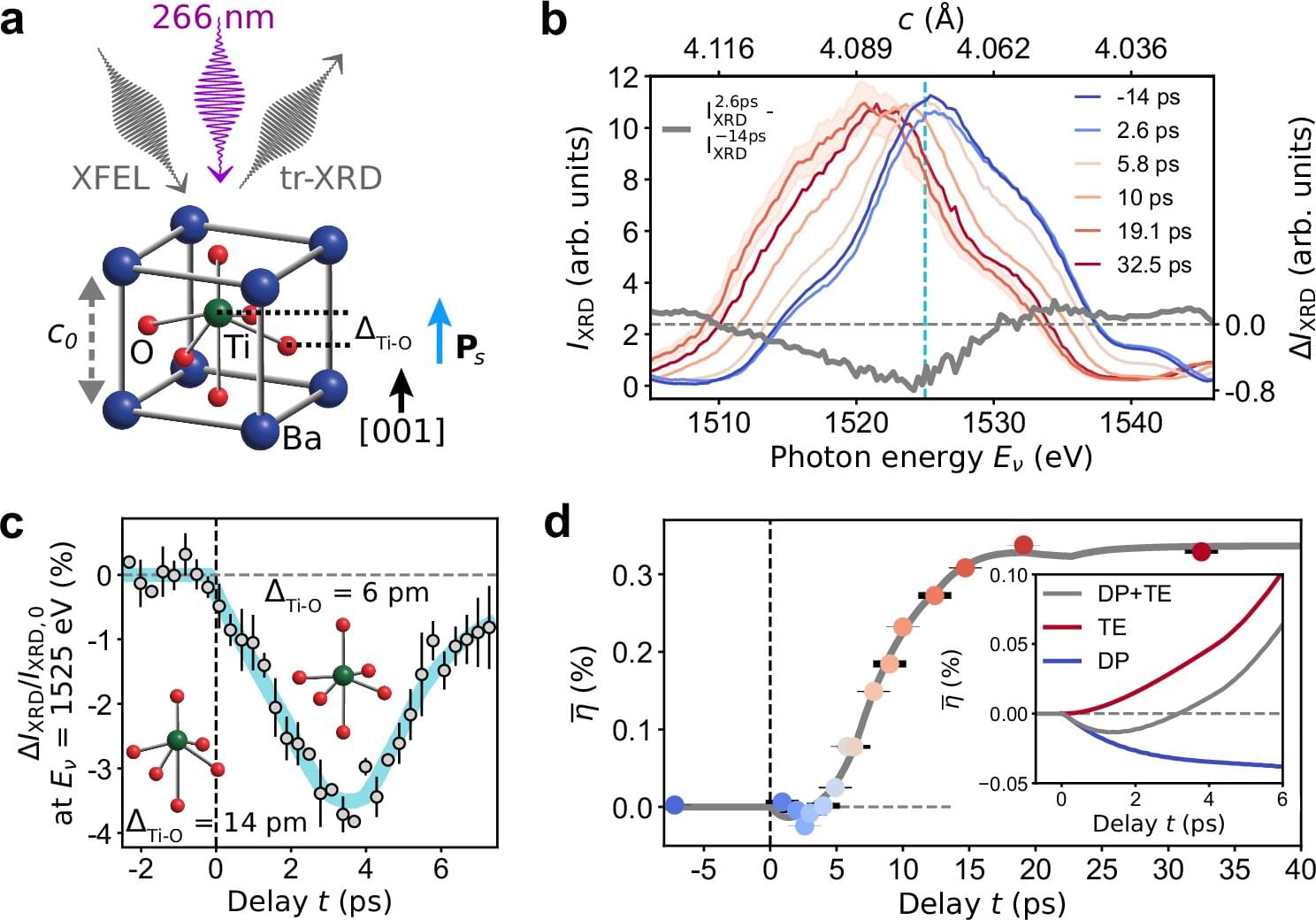High Resolution Neutron Spectrometer (HRNS) is one of the essential plasma diagnostics of ITER, whose operational role is the neutronic measurement of the n t/nd ratio in a plasma core. Coexisting with the other ITER diagnostics makes it a powerful tool for efficient and precise plasma diagnostics. The main goal of this work is to present the operating principles and key challenges associated with the High Resolution Neutron Spectrometer in ITER, with a particular focus on the Thin-Foil Proton Recoil (TPR) Spectrometer. The complexity of ITER tokamak brings with it many variables that had not been considered of primary importance until now, such as the magnetic field or high temperature in the detector region.

